Why use In-house leaders as trainers?With no stop in sight, a trend is to use In-house leaders as trainers. For example, Merck & Boeing regularly use leaders as trainers (see endnote 1). Merck partners leaders as trainers with academic faculty to co-teach classes, and Boeing vice presidents teach 2+ leadership classes a year. Teaching the classes is part of the performance evaluation for vice presidents. There are several benefits of using leaders as trainers:
Preparing leaders to become trainers is challengingAccording to to the Association for Talent Development (atd) (see endnote 2), it takes 38 hours on average to develop 1 hour of face-to-face training. The time burden increases in the online environment to 42 hours for passive instruction, and over 110 hours for active instruction that use scenarios for role playing. Teaching a course is difficult, made more difficult if a leader does not have experience as a trainer. Leaders (as do-ers) have done it, but they may not be self-aware of how they succeeded in ways that others can follow. Or leaders may mistake training as a forum to just tell stories. These and other challenges confront the leader, who is all too often an inexperienced trainer. To address this inexperience, train the trainer programs are designed to educate leaders on how to be an effective trainer. The list of topics covered in the typical train the trainer program is long:
In summary, transforming leaders into trainers is not easy. A train the trainer program can last days and dozens of hours at a minimum of a leader’s valuable time. Not surprisingly, a common push back is that it takes too long. Use AQ to transform a leader into a trainerIf you are like many organizations that have implemented train the trainer programs to develop leaders into trainers, you know time constraints prevent the course you really want to run the leaders through. Given a premium on leaders’ time, it is important that your train the trainer programs are efficient and effective. To speed up and make the transformation from leader to trainer, try Answer Intelligence (AQ)™ as a learning framework. AQ is a new science of answers (story, metaphor, theory, concept, procedure, action) that fully incorporates questions (what, why, how, where, where, who) to reimagine communication. Put simply, business leaders use questions and answers everyday. The AQ framework codifies an approach toward communicating (and learning) that is fully accepted by leaders. The framework is simple, (everyone has a basic understanding of questions and answers) requiring minimal time to learn. AQ is consistent with well accepted aspects of learning. For example: AQ + knowledge. Training is about providing knowledge. AQ is built upon knowledge. Specifically, how-questions are associated with procedural knowledge that are addressed with procedure and action answers. What-questions are associated with declarative knowledge that are associated with concept and metaphor. Why-questions are associated with structural knowledge (cause-and-effect) associated with theory and story. Appealing to the left-side of the brain, procedure, concept, and theory are associated with objective knowledge (codifiable, exist outside the person). Finally, appealing to the right-side of the brain, action, metaphor, and story are associated with objective knowledge (often referred to as tactic knowledge that cannot be separated from the experiences). In sum, AQ is a theory of knowledge that you can use in your next train the trainer session. For example, you can challenge a leader to distill their theory of “leadership” into a simple cause-and effect diagram. Or encourage leaders as trainers to identify a metaphor to share their experiences into a compact package that others can easily absorb. AQ + skills. Training is about skills. Central to skill development is application and role playing. AQ works very well with role playing exercises. In fact, question and answer exchange is the heart of most role playing. Consider a sales role playing, where a sales leader (as the trainer) can ask “Why should I hire you?” or “How does the service work?” These questions can be answered with AQ. The application of AQ is a learned skill that relates to 5 High AQ Practices. For example, Answer Twice is High AQ practice 2 that holds that an important why, what, or how question should be answered twice to make an emotional connection (right-sided answer: story, metaphor, action) and a logical connection (left-sided answer: theory, concept, procedure). For example, the “How does the service work?” can be answered twice with a procedure and action(s). The procedure is the steps in a process. Actions are associated with any given step, in terms of best practice or unique actions. Using the 5 High AQ practices is a skill. In other words, to Answer Twice requires effective and concise delivery. AQ + Learning Styles. Answer With Style, High AQ Practice 4, holds that every teacher and student has distinct communication styles that impact learning. Specifically, there are three styles: Relational (preference for story + metaphor), Analytical (preference for theory + concept), and Practical (preference for procedure + action). If a trainer knows the style of the students, questions and answers can be anticipated and responded to. Additionally, the teacher should know their own style to amplify strengths and guard against shortcomings. For example, if a teacher has a relational style, a potential gap is avoiding practical or analytical answers needed for learning. (1) E. Betof, L. Owens, and S. Todd, "The Keys to Success in a VUCA World," T+D (July 2014), pp. 38-43. (2) R. Defelice, "How Long to Develop one Hour of Training? Updated for 2017" (January 9, 2018) from www.td.org/insights. If you found Answer Intelligence (AQ)™ an interesting framework, please share this post with others. Also, try our FREE AQ test to gauge your AQ.
1 Comment
|
Access Octomono Masonry Settings
AuthorDr. Brian Glibkowski is the author of Answer Intelligence: Raise your AQ. Archives
October 2022
Categories
All
|
About AQ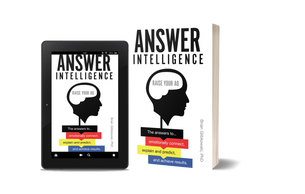
Answer Intelligence (AQ)™ is the ability to provide elevated answers to explain and predict in a complex world, emotionally connect, and achieve results. Are you conversation ready?
Meet HarperHarper's story illustrates the transformative power of AQ in her own career and in the success of her organization.
|
AQ Upskilling PlatformAI is machine thinking. AQ is human thinking (developed based on academic research) in terms of simple questions (why, what, how, when, where, who) and answers (concept, metaphor, theory, story, procedure, action) that elevate human-to-AI and human-to-human communication.
|
Quick Access LinksBuy the Book
Explore AQ (Free Assessment) AQ TEDx Video Professional Services Firms + AQ Brian Glibkowski, PhD - AQ Creator Meet Harper - Overview Video Meet Mark - Software Case Reasons You Need AQ |
Featured |

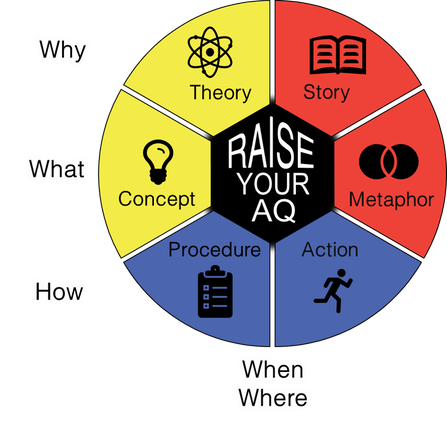
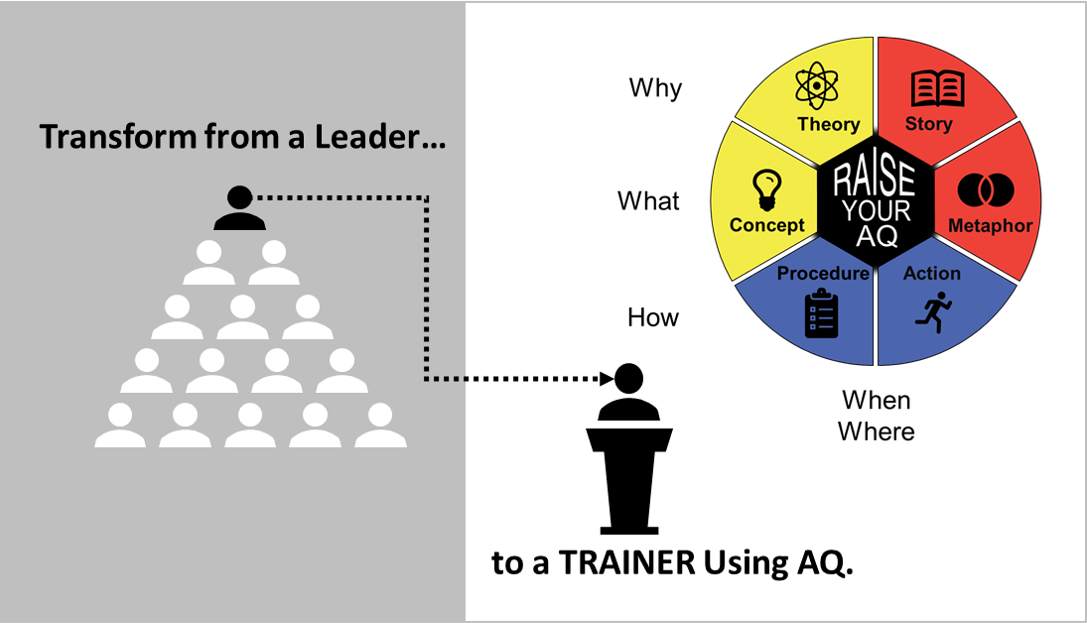
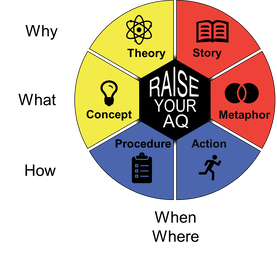
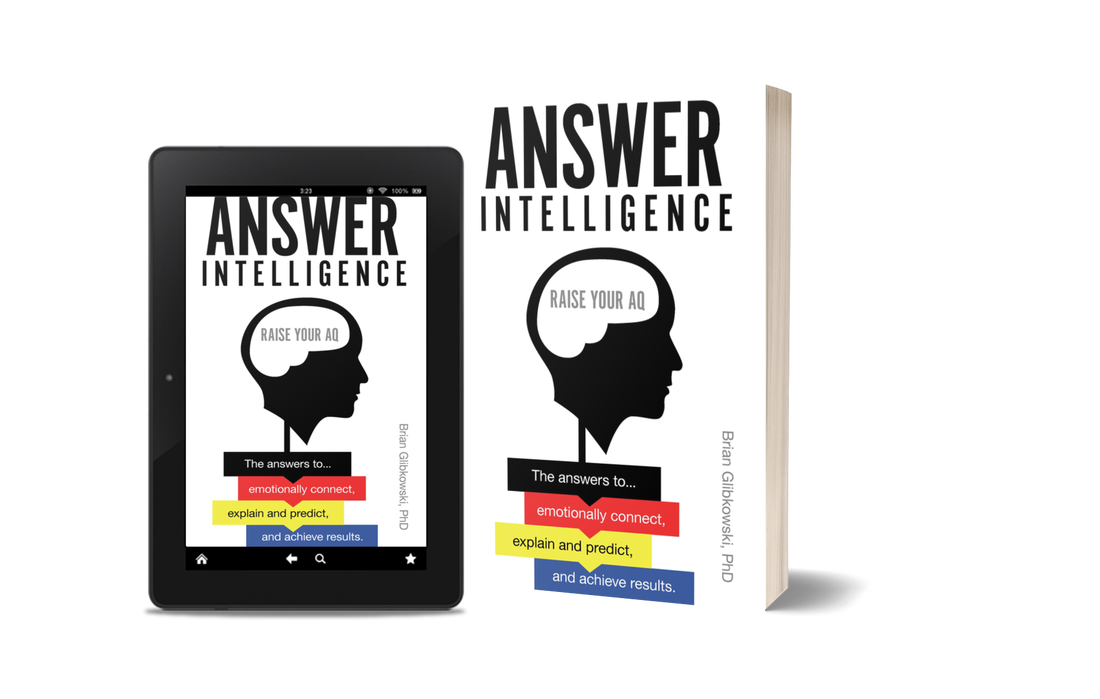
 RSS Feed
RSS Feed